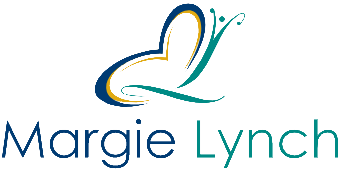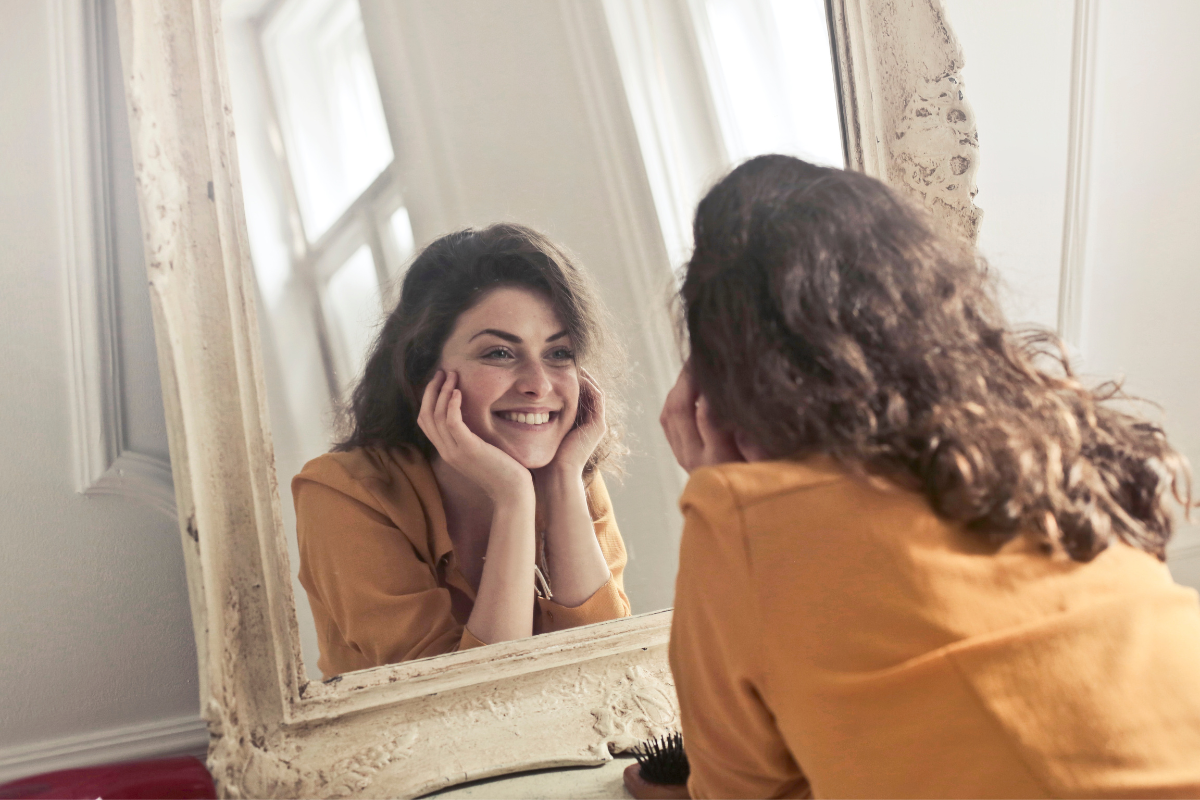Have you ever noticed how elite athletes seem to perform their best moves with such clarity and confidence? Before they even step onto the field or court, they’ve already visualized success countless times in their minds. This powerful technique – future self-visualization – isn’t just for Olympic competitors. It’s a tool you can use today to create momentum toward the life you want to lead.
What is Future Self-Visualization?
Future self-visualization is a mindfulness practice that involves creating a detailed mental image of yourself at a future point, living as if you’ve already achieved your goals. This evidence-informed technique works because your brain doesn’t always distinguish between vividly imagined experiences and real ones – both can create neural pathways that support behavioral change.
Regularly connecting with your future self, increases the likelihood you’ll make choices today that benefit you tomorrow. When you can clearly see where you’re headed, the small daily actions required to get there feel meaningful and purposeful.
How to Practice Future Self-Visualization
Let’s explore this step-by-step approach to help you connect with your future self in a way that feels authentic and motivating. Set aside 15-20 minutes in a quiet space where you won’t be interrupted.
1. Get comfortable and centered
Find a comfortable position seated or lying down. Take several deep breaths, allowing your body to relax with each exhale. You might notice tension in your shoulders or jaw – gently release these areas as you settle in.
2. Choose your timeframe
Select a specific point in the future to visualize – this could be 6 months, 1 year, 5 years, or beyond. For beginners, starting with a shorter timeframe often creates more realistic and actionable insights.
3. Create your detailed vision
As you close your eyes, begin imagining yourself at this future point. Consider these prompts to build a multi-dimensional picture:
- Physical environment: Where are you living? What does your home look like? What’s on your desk or nightstand?
- Daily routines: How do you start your morning? What kind of work are you doing? How do you spend your evenings?
- Relationships: Who surrounds you? How do these connections feel? What conversations are you having?
- Health and energy: How does your body feel? What are your energy levels like? What movement practices have you adopted?
- Emotional state: What feelings predominate in your day-to-day life? How do you handle challenges?
- Accomplishments: What milestones have you reached? What are you proud of?
The more sensory details you include, the more powerful this exercise becomes. What can you see, hear, feel, smell, and taste in this future scenario?
4. Embody the experience
Now, fully step into this future version of yourself. What’s different about how you carry yourself? How has your mindset shifted? What new beliefs do you hold? Try to experience these qualities not just intellectually but physically and emotionally.
5. Connect past to future
From this future perspective, look back at the path that led you here. What small, consistent actions did you take? What obstacles did you overcome? What support did you gather along the way?
6. Bring it back to now
As you prepare to end the visualization, identify one action you can take today that aligns with this future vision. This creates a bridge between your current reality and where you want to go.
7. Journal your insights
Immediately after your visualization, write down your experience. Capture both the details of what you saw and how it made you feel. Note any insights or action steps that emerged.
How Athletes Use This Technique
Elite athletes have long used visualization as a core part of their mental training. You might notice that before a major competition, gymnasts often close their eyes and subtly move their bodies, mentally rehearsing their routines with precision.
Research with Olympic athletes shows that visualization activates many of the same neural pathways as physical practice. When a basketball player visualizes making the perfect free throw repeatedly, they’re essentially training their brain and body to perform that action under pressure.
Michael Phelps, winner of 23 Olympic gold medals, famously incorporated visualization into his daily training. His coach had him spend time each day visualizing perfect races – from the start to the finish, including potential problems like goggles filling with water. When this actually happened during the 2008 Olympics, Phelps was prepared because he’d already mentally rehearsed this scenario.
The key insight from athletic mental training is consistency. Just as physical skills require regular practice, visualization becomes more powerful when done regularly – ideally daily, even if just for a few minutes.
Applying This to Your Wellbeing Journey
You can use future self-visualization to support any dimension of your wellbeing:
- Physical wellness: Visualize yourself moving with energy and vitality, enjoying nutritious foods, and prioritizing restorative sleep.
- Emotional wellness: See yourself responding to life’s challenges with resilience and self-compassion.
- Social wellness: Imagine nurturing relationships that bring joy and support.
- Intellectual wellness: Picture yourself engaged in lifelong learning and creative pursuits.
The technique works particularly well when aligned with your big LEAP goal. By connecting daily habits to your future vision, you create both the motivation and the roadmap for lasting change.
Start Small, Build Consistently
Like any new practice, visualization gets easier and more effective with time. You might start with just 5 minutes several times a week, gradually extending the duration and frequency as you become more comfortable with the process.
What small step will you take today to connect with your future self? Remember, the journey of a thousand miles begins with a single step – and knowing your destination makes each step more purposeful.
What vision of your future self will you create today? I’d love to hear about your experiences with this practice and how it impacts your wellbeing journey.

